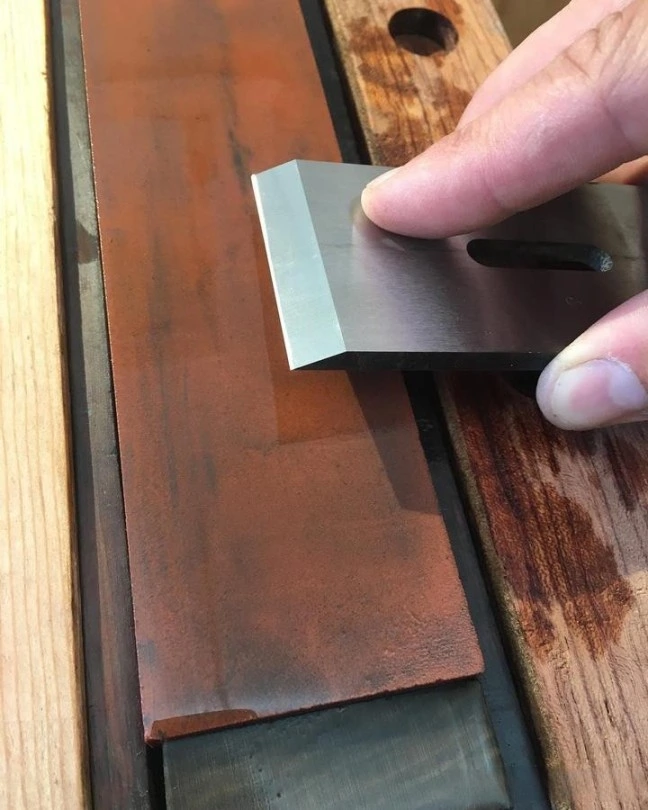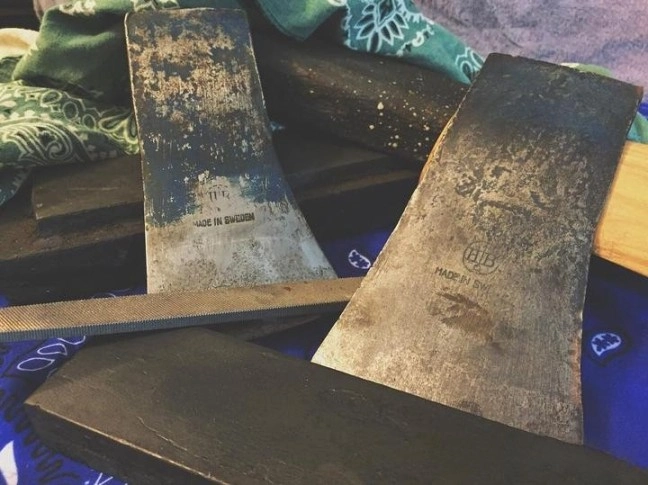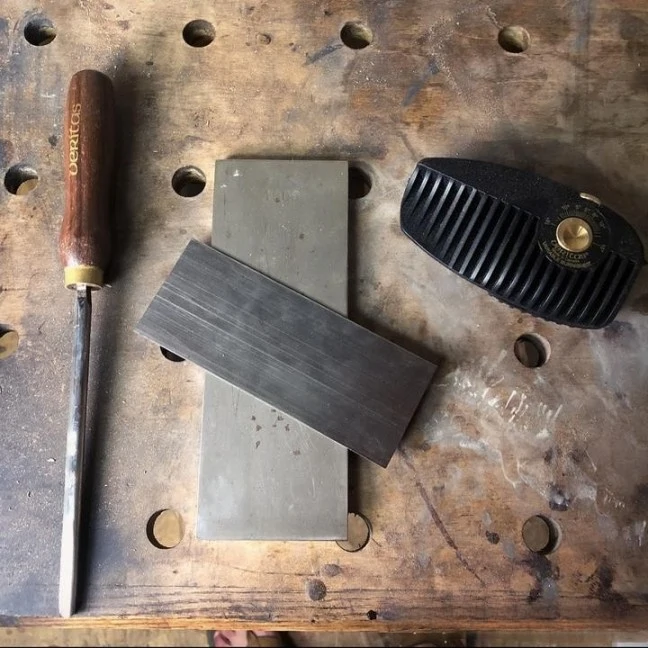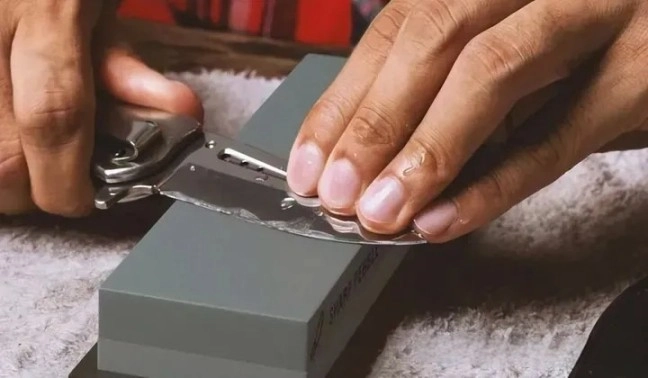The sharpening stones we often use can be categorized into two types: natural sharpening stones and man-made sharpening stones. In the market, there are mainly three common types of sharpening stones: terrazzo, oil stone and diamond. Terrazzo and oilstone are natural sharpening stones. Diamond and ceramic sharpening stones are man-made sharpening stones. As we know, before sharpening a knife, the whetstone is lubricated with the help of water and oil. As you can see from the name, terrazzo and oil stone belong to this kind of grinding stone that needs lubrication. Some man-made whetstones can be lubricated and can be used without lubrication, such as diamond and ceramic whetstones. But man-made whetstones and natural whetstones have one thing in common. It's that they all come in different grits, which is what we usually refer to as coarse and fine grinding. However, it should be noted that different steels and hardnesses require different coarse and fine grinding stones for sharpening, and in some cases, even different grinding stone materials for sharpening.

Oilstone:
An oil stone is a traditional western sharpening stone, and although it is true that terrazzo is becoming more and more popular these days, oil stones are still the most common sharpening stone on the market. Why is it called the name oil stone? It's because this type of sharpening stone has to be oiled a little bit before it is used. The benefits of putting a little oil on are:
But oilstones are the slowest sharpening of these sharpening stones we are talking about. There are more expensive Arkansas oilstones and cheaper Indian oilstones. Indian oilstones are a bit browner and Arkansas oilstones are a bit more expensive, especially the translucent Arkansas oilstones and the hard black Arkansas oilstones.
- This reduces friction.
- It's also easier to move back and forth while sanding.
- Metal shavings on the way to sharpening stay in the oil, making it easier to wipe off the knife after sharpening.

Terrazzo:
Terrazzo is also now more and more popular a kind of grinding stone, terrazzo need to pay attention to the point is that before use must be soaked in water for a few minutes. Like oiling an oil stone, soaking the stone acts as a lubricant.
Because many mines are now closed, natural sharpening stones are not as plentiful as they used to be, and they are becoming more expensive. That's why there are now oil and water whetstones made of synthetic materials. Synthetic whetstones are generally made of aluminum oxide. Some synthetic whetstones need to be soaked before use, others just need a couple drops of water.
- Helps reduce friction when sharpening.
- It's also easier to move back and forth while sanding.
- Metal shavings on the way to sharpening will remain in the water, making it easier to wipe off the knife after sharpening.
Diamond sharpening stone:
The name diamond is a bit confusing, making people think it is a very hard stone.In fact, diamond is not a stone, but a very thin metal plate, a material synthesized from some carbonaceous raw material and metal, with a layer of diamond attached to its surface.It is not a stone, but in keeping with its name, it is very hard, much harder than any other type of sharpening stone. That's why some newbies may not get a good handle on it if they use it and it can leave scratches on the blade. The main advantage of a diamond stone is that it is very fast at sharpening knives. The second thing is its shape, sharpening stones are usually flat shaped. Natural whetstones can become curved or concave in the center from their original flat shape with constant use. Diamond is more likely to maintain its original flat shape during use.

Three things to keep in mind when sharpening a knife:
- Remember to clean the whetstone after sharpening and then let it dry before putting it back in. Putting the sharpening stone back in the box when it is wet will cause the quality of the stone to deteriorate.
- Don't wait until your knives are dull to sharpen them. Because the duller the knife, the harder they are to sharpen. And dull knives are more dangerous to use than sharp ones.
- All knives are not always sharpened from a low mesh either. Whether it's a coarse or fine grind depends on your knife.
